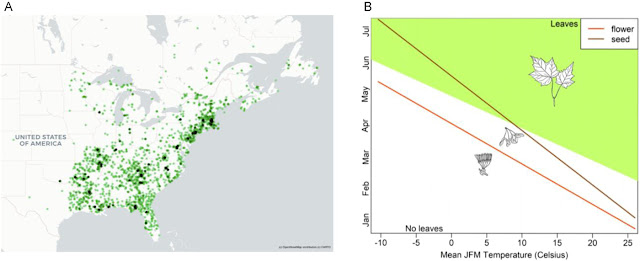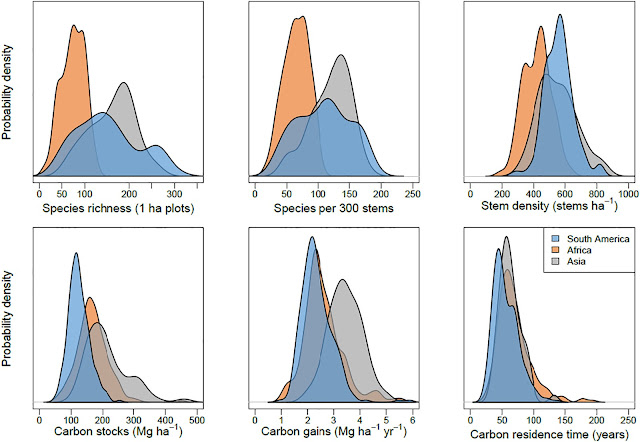By Richard B. Primack
“… a pine tree is as substantial and as memorable a fact as a friend. I am more sure to come away from it cheered than from those who come nearest to being my friends.” Henry David Thoreau in his Journal.
For most of the year, white pine trees (Pinus strobus) are covered with lustrous evergreen needles. Pine needles typically last three summers, and about one third of the needles, the oldest ones, will turn golden brown each autumn before dropping off. The process of leaf senescence takes a few weeks and is generally not that noticeable.
In the autumn of 2021, white pine trees in Newton and elsewhere in the Boston area had a really different look. As a result of a severe summer drought in 2020, pine trees showed reduced growth 2021 and produced relatively few new needles. And some of the needles produced in 2020 may have undergone senescence in 2021. As a result, more than half of the needles on many pines trees turned color in 2021 in October, giving the trees a dramatic and unusual patchy reddish golden look.
 |
| A. White pine tree in Newton in October 2021 covered with old needles. |
 |
| B. The same tree a few weeks later in early November after wind has swept away the old leaves. |
The effect was prolonged due to several weeks of calm weather that allowed the dead needles to linger. A windstorm in early November finally swept away the old needles, and the pine trees returned to their normal green coloring. Bare spaces on thin twigs showed where the old needles had been.
 |
| A. A branch of the pine tree covered with old needles. |
 |
| B. A branch after the old needles have been swept away by wind. |


































